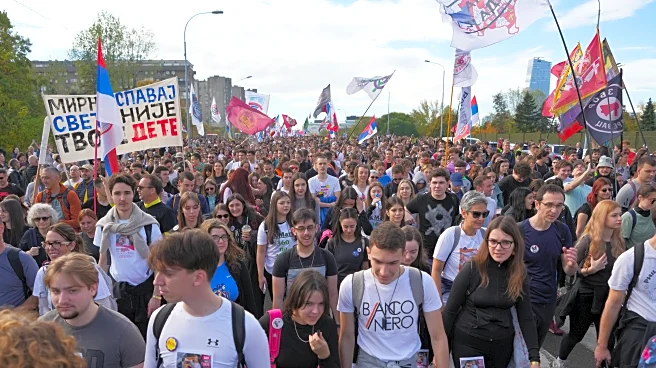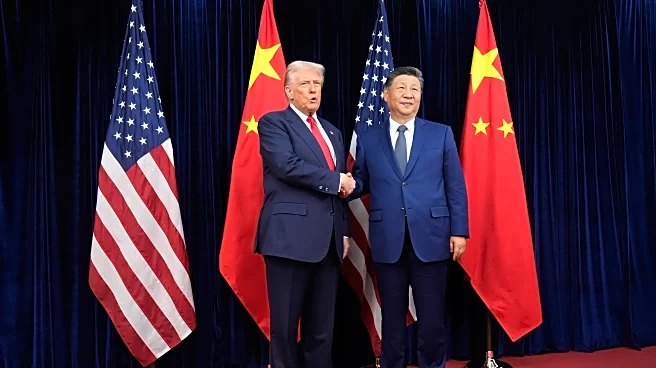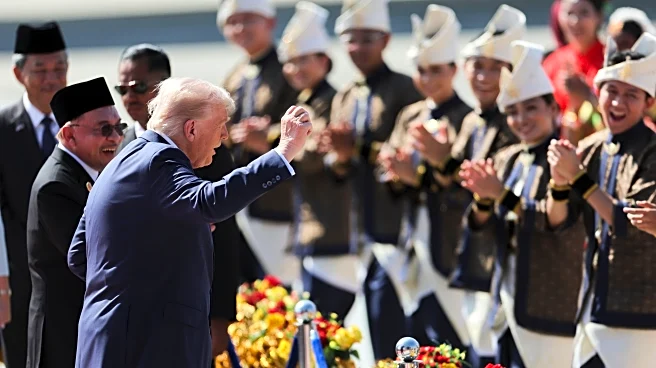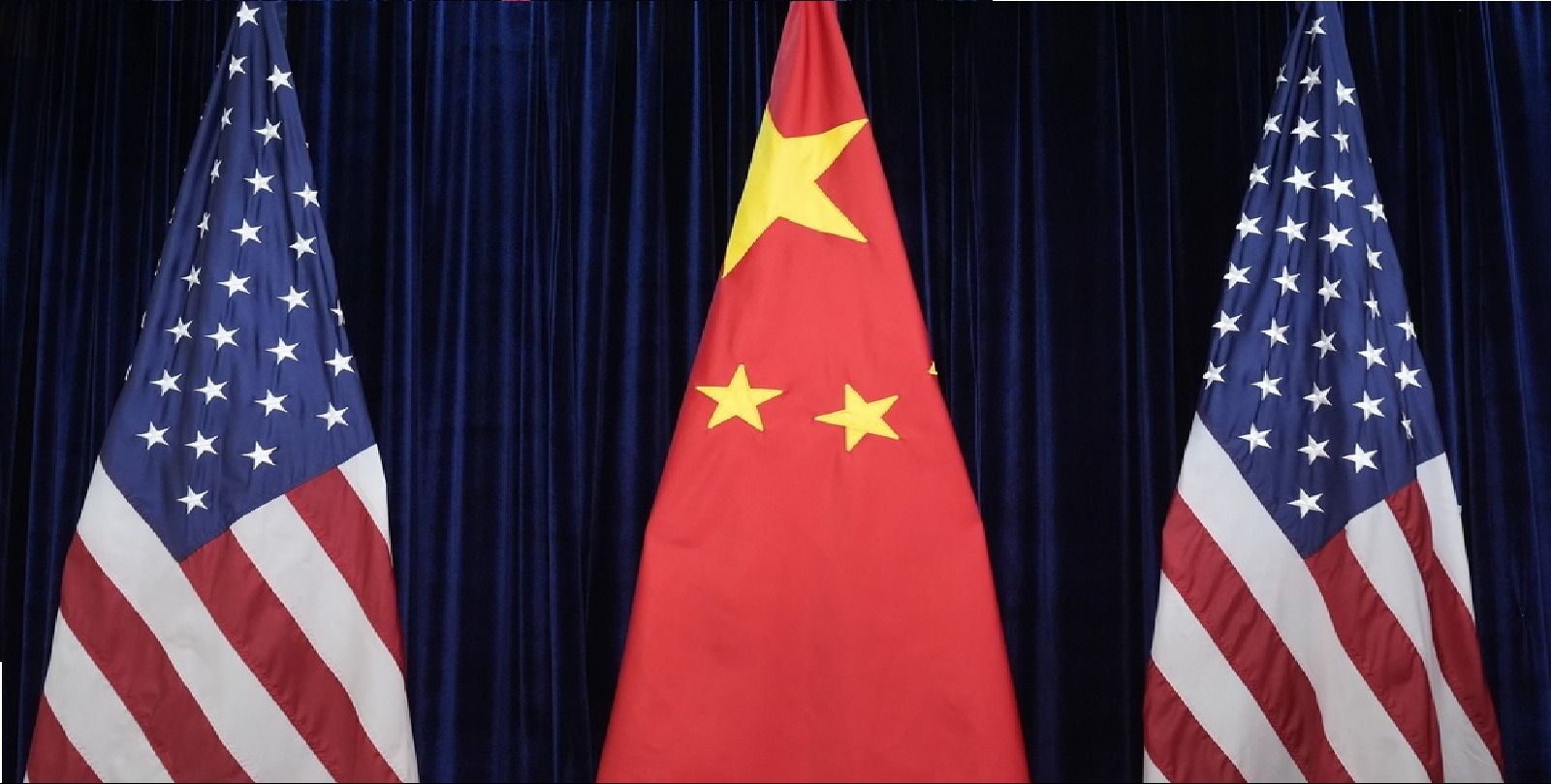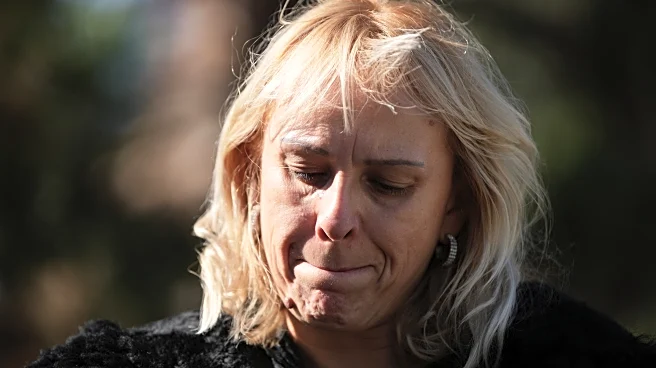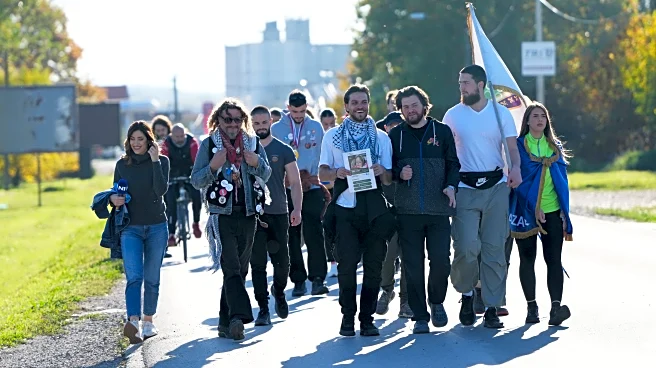What's Happening?
Thousands of young people in Serbia have embarked on a two-day march from Belgrade to Novi Sad, marking the anniversary of a deadly train station disaster. The collapse of a concrete canopy at the Novi Sad train station resulted
in 16 fatalities on November 1 last year. This tragedy has sparked a youth-led protest movement against President Aleksandar Vucic, whom they accuse of corruption leading to the disaster. Protesters are demanding accountability and an early parliamentary election to potentially oust Vucic's populist government. The march, led by flag-waving university students, is expected to culminate in a major rally in Novi Sad, drawing tens of thousands of participants.
Why It's Important?
The protest movement highlights significant political tensions in Serbia, as citizens demand transparency and accountability from their government. The movement is a direct challenge to President Vucic's administration, which has been accused of corruption and suppressing democratic freedoms. The protests could influence Serbia's political landscape, potentially affecting its aspirations to join the European Union. The EU accession process has been stalled due to Vucic's close ties with Russia and China, and his alleged clampdown on democratic freedoms. The outcome of these protests could impact Serbia's international relations and its future political direction.
What's Next?
The rally in Novi Sad is expected to increase pressure on President Vucic and his government. As the protest movement gains momentum, authorities may face increased scrutiny and demands for reform. The government's response, including potential concessions or further crackdowns, will be closely watched by both domestic and international observers. The situation could lead to heightened political tensions and influence Serbia's path towards EU membership. The ongoing protests may also prompt further actions from civil society groups and opposition parties seeking change.
Beyond the Headlines
The protests in Serbia reflect broader issues of governance and accountability in the region. The movement underscores the role of youth activism in challenging entrenched political systems and advocating for democratic reforms. It also highlights the potential for grassroots movements to influence national politics and drive change. The situation raises questions about the balance between maintaining political stability and ensuring democratic freedoms, a challenge faced by many countries in the region.


